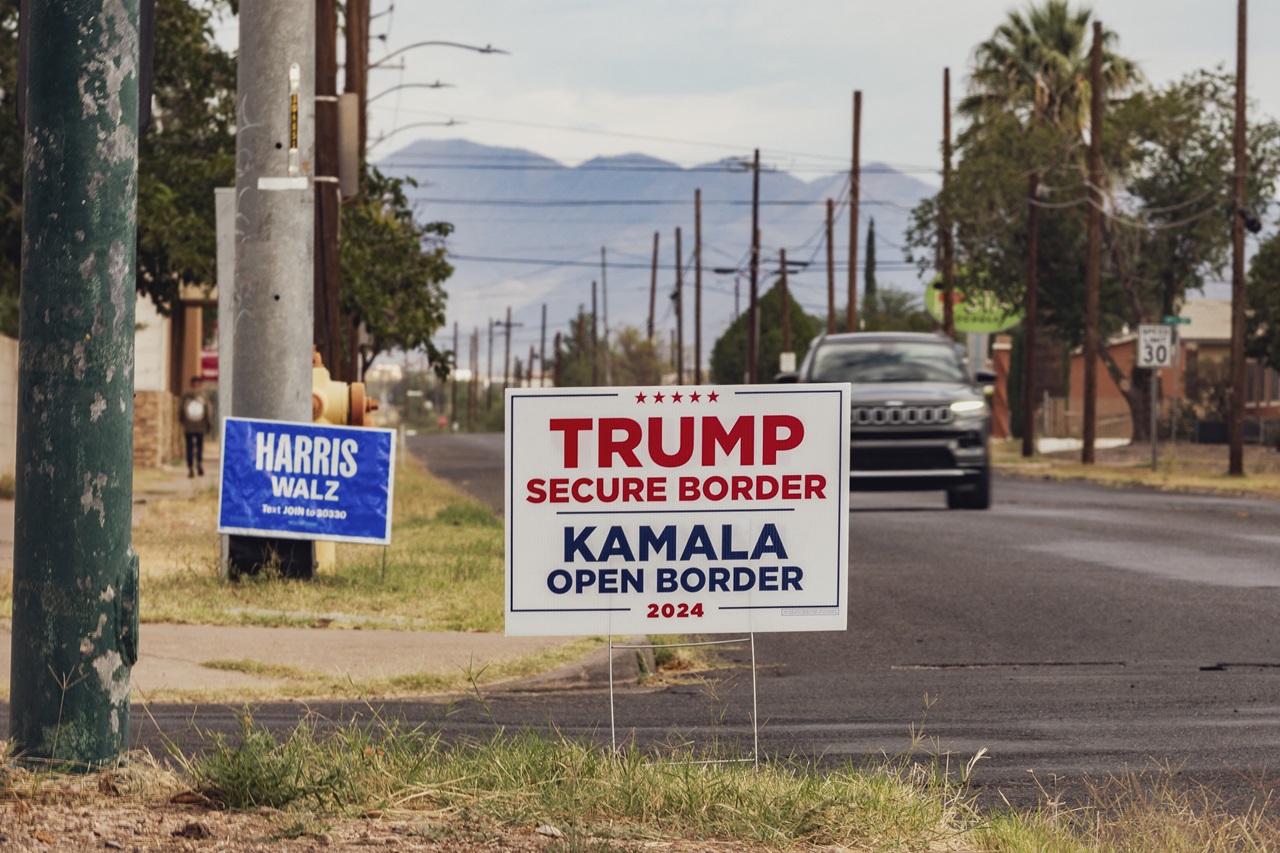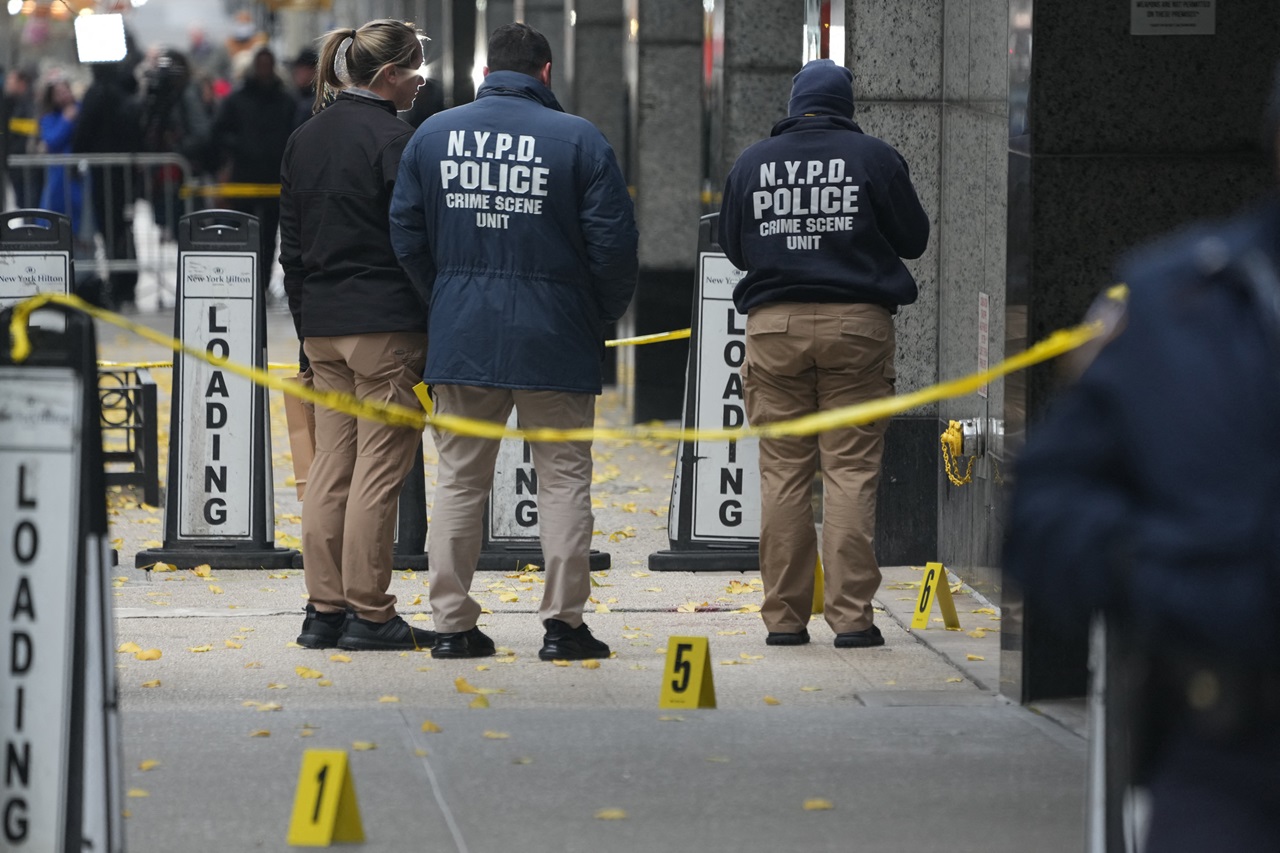
Canada’s dark history of Indigenous residential schools brought to light with mass graves
Calls are mounting for greater accountability and an extensive search for more unmarked graves following the discovery of 215 bodies of Indigenous children found at a former residential school in Canada.
The remains were first announced last week by the Tk’emlúps te Secwe̓pemc First Nation. The bodies of the children, some as young as three years old, were found at the Kamloops Indian Residential School in British Columbia.
In honour of our little ones found in the grounds of the former Kamloops Indian Residential School.
— Nahanni Fontaine (@NahanniFontaine) May 31, 2021
May this be the beginning of repatriation of all our children who never made it home from Indian Residential Schools all across our territories. #215children pic.twitter.com/PEfgqTYpSA
On Monday, May 31, national chief of the Assembly of First Nations, Perry Bellegarde, said that the findings should ideally serve as a “catalyst” to continue uncovering graves at school sites throughout Canada.
"It’s a prime opportunity to do this very, very important work in all the residential school grounds," Bellegarde told reporters.
Including Kamloops, there were over 130 residential schools operating across Canada, and Bellegarde insists that they all need to be “further researched and investigated.”
we need to talk about it. this is heartbreaking. pic.twitter.com/cOekIalOki
— mahi (@TVRVNTO) May 30, 2021
The discovery brings to light the painful history of thousands of Indigenous children being forcefully separated from their families and taken to residential schools to “assimilate them.”
Many of these schools were run by religious institutions, operating as recently as the late 90s, and abuse was commonplace.
Between 1831 and 1996, Canada’s residential school system subjected Indigenous children to abuse, sexual assault and malnutrition.
Last week’s announcement sparked outrage, prompting flags to be flown at half-staff.
People laid hundreds of tiny shoes in public squares, places of government and church steps, referencing the role that Christian churches played in these atrocities.
I ask myself would Jesus have dumped the flesh and bones of 215 children, one of them, a 3 year old, into a massive pit ? No tomb. No stone. No markers of any kind. The Church's mission was to “take the Indian out of the child” Seems to me they took the Christ out of Christian.
— Charles Adler (@charlesadler) May 31, 2021
There have long been rumors within Indigenous communities that children were buried at these schools.
According to Bellegarde, survivors of the schools, as well as their communities, have told stories about mass graves for decades, "but nobody believed them because it was too horrific."
Now that the truth is out, the fight for transparency, atonement and reparations has just begun.
The Truth and Reconciliation Commission of Canada was established to review the legacy of the schools, and identified at least 4,100 children who died either by accident or by disease.
The actual number of children who died in these schools is estimated at more than 6,000.
Canadian Prime Minister Justin Trudeau said on Monday, May 31, that a continued search was an “important part of discovering the truth,” but made no specific commitments.
“Cultural genocide”
CONTENIDO RELACIONADO
The U.S. government shares a similar disgraceful history of forcing Native American children to attend school away from home, strategically cutting them off from their culture, language and communities.
First Nations members and supporters held vigils across Canada to mourn the 215 children whose remains were found in a mass grave at the site of a former Indigenous boarding school. pic.twitter.com/hAZUtvxg4i
— AJ+ (@ajplus) June 1, 2021
In 2015, the Truth and Reconciliation Commission called the residential schools an “act of cultural genocide,” and suggested 94 calls to action for reconciliation. One of them was the creation of an online registry of school cemeteries to inform descendants of where their family members were buried.
The work has yet to be completed, and Bellegarde said that government funding is needed to move forward. Tk’emlúps te Secwe̓pemc First Nation was only able to examine the school grounds of Kamloops with the help of a local government grant.
According to Katherine A. Morton, a researcher in anti-colonial and Indigenous studies at Memorial University of Newfoundland, hundreds of similar graves have been found at these sites before, but this latest discovery is especially large.
In an interview with BuzzFeed News, Morton said that many sites also deliberately added cemeteries, further highlighting the insidious nature of the residential school system.
"If you look at the blueprints for residential schools when they were first built, many blueprints indicated that there were plans for graveyards to be put in. You don’t build a cemetery into a high school for white kids,” Morton said.
While there have been indications of mass death and abuse at these schools as early as the 1920s, Morton said there was never any formal tracking done of the violence while they were still in operation.
In 2008, the Canadian government apologized and admitted to the rampant physical and sexual abuse that took place at them.
Many students remember being beaten for speaking their native tongue, and they also lost touch with their parents and their cultural traditions.
With heavy hearts we pause to honour the lives and great loss of #215children Indigenous children. This moment is also an urgent call to action. We pledge to do all we can for this generation of First Nations, Métis and Inuit children to ensure that every child matters. #onpoli pic.twitter.com/3cG2k0zowY
— Elementary Educators (@ETFOeducators) May 31, 2021
Indigenous leaders claim that this legacy of abuse and isolation is one of the root causes of the epidemic rates of substance use issues and alcoholism on reservations.
The racial reckoning over what was done to the First Nations tribes is overdue, and it will take full governmental cooperation to reconcile these deaths and move forward in a way that honors, protects and serves Canada’s Indigenous people.










DEJE UN COMENTARIO:
¡Únete a la discusión! Deja un comentario.